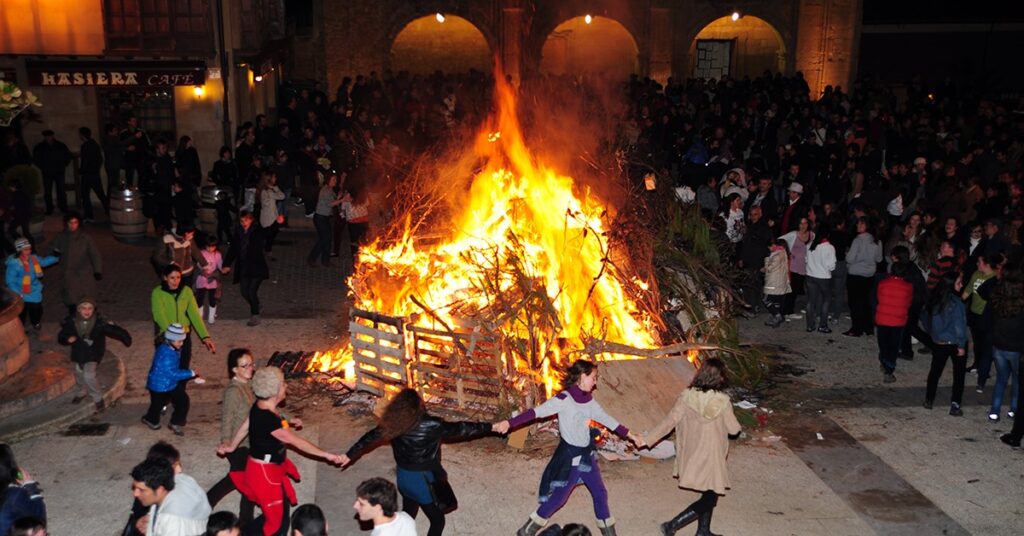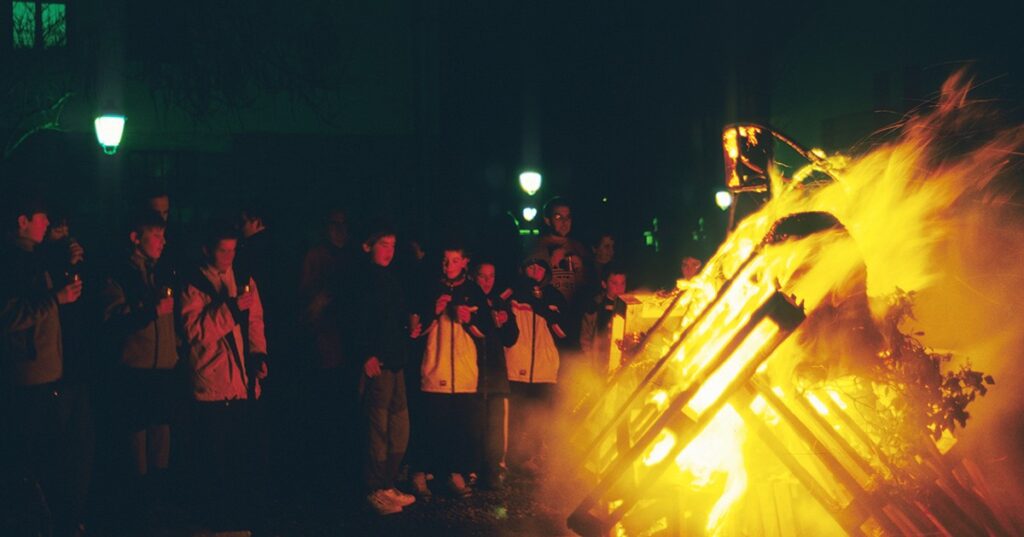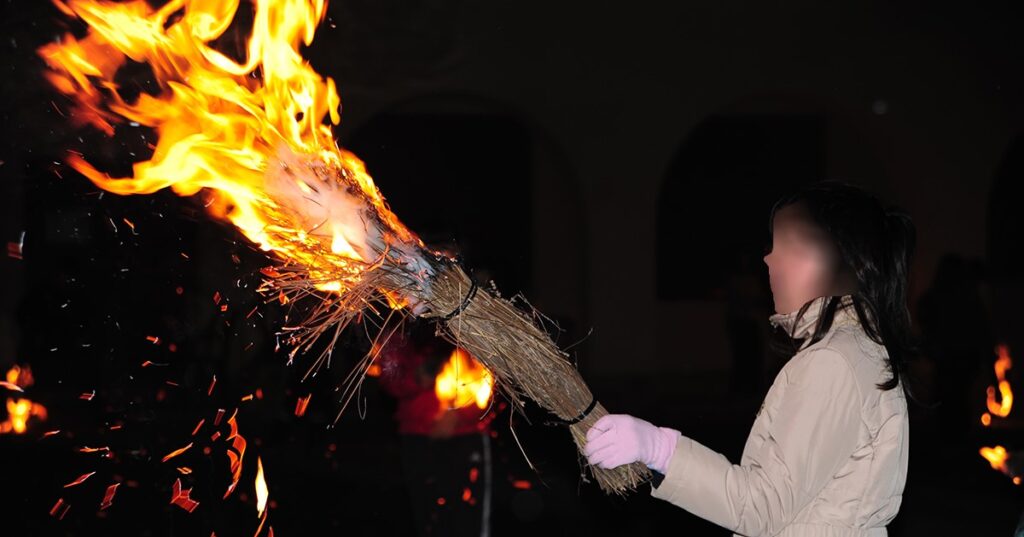Basque ethnography at a glance
If we are referring to the northern hemisphere and, specifically, winter, while the start of the astronomical season is set by the Solstice between 19 and 22 December, depending on the year, the meteorological season is based on whole months: December, January and February.
This apparently trivial difference has not only led to the start of the fifth season or carnival on 11 November gaining a stronghold, as is the case in some cities of, for example, Germany or the Netherlands, but has also affected other celebrations and festivities closer to home.
Ceremonies, such as postulations the one to St. Nicholas (6 December), or the bonfires; the latter have been, and are, a key element of different moments of the year. The fires are part of the summer solstice in part of Euskal Herria and the winter one elsewhere.
The information and data collected show that lighting bonfires as early as All Saint’s Day in some parts of Álava was inherent to the festivity, as it was a means to light the way for the departed in the darkness of death. In fact, burning the mattress of the decreased, or old belongings, sometimes at crossroads, sought to help the passing from one state to another: burning the old to reveal the new.
Some examples, with few variations, can be found in La Rioja alavesa and in La Rioja on 7 December. For example, the Samaniego “mañas”: when children and young people light torches made from lavender a for the ancient purpose of purifying the land and homes, and to drive out the evil spirits and witches. The current purpose possibly goes beyond the original one and is nothing more than the thrill of holding something so dangerous that gives out light. In Labastida, it is the “ronda” [round dance], from street to street, in a festive atmosphere to the sound of music, which there is much fanfare along the route, one bonfire after another.
It may be that the upheaval of the ten days that ceased to exist in 1582 (or 1583) with the change from the Julian to the Gregorian calendar was the reason, by inertia, for these bonfires that continue to be lit in the present, as it is 24 or 31 December in other towns, such as in Agurain with its “erre pui erre” or in January, with the festivity of St. Anthony (Mendabia, San Adrián, Tudela and other places in Navarra).
I cannot ignore an error in the information regarding bonfires, which I believe to be incorrect and disseminated by Barandiaran and Caro Bajoja, regarding the burning of the Olentzero [the Christmas character that brings presents to children in Basque traditions] in Lesaka. Apart from whether or not the figure is burnt, researchers have not come across that information either in that town or in Bera, Oiartzun or Goizueta, the logic of the existence of the character does not stand up to scrutiny.
We live in a society where any member of the media is as hugely influential as the information that they offer, that it is overwhelming. The mystical, magical or age-old component of celebrations and elements is sought, by means of slogans, news and data, which are sometimes very invested when, directly, the mundane breaks the traditional scheme and, of course, the story. A story invented to please the consumer to jump over the bonfire closer to the purifying act than the bravery of the participant, further from the burning of older belongings than the magic night of Christmas Eve, and more frivolous than decorating the house’s door to protect the household against bad weather.
Emilio Xabier Dueñas – Folklorist and ethnographer




